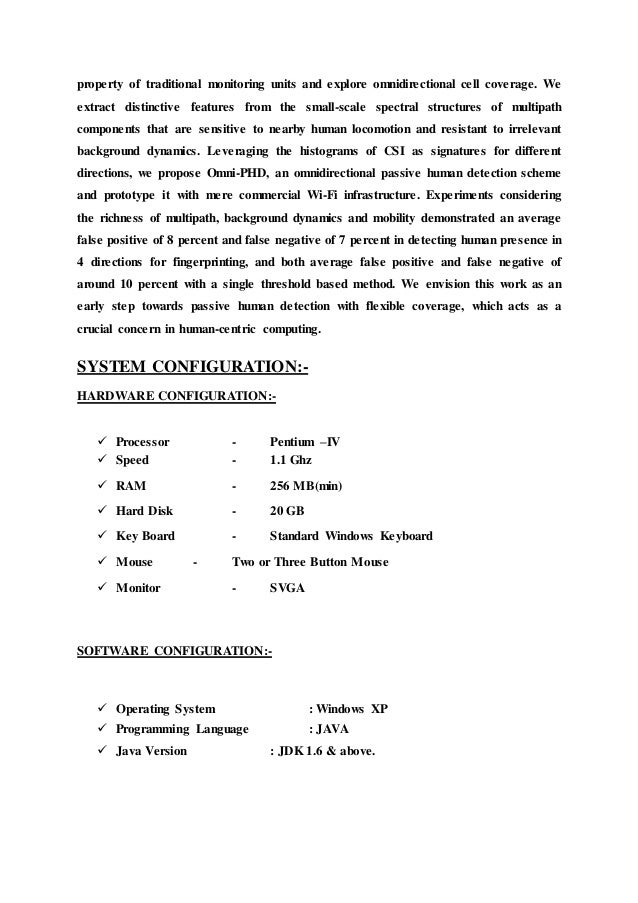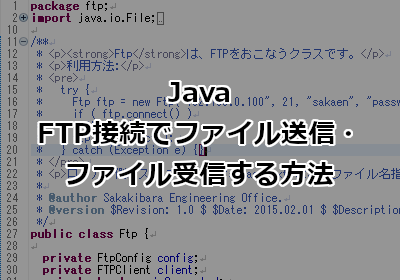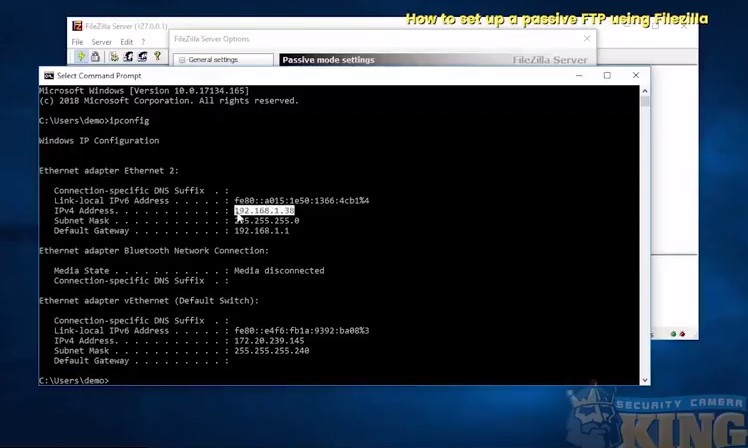

TcpClient client = _listener.EndAcceptTcpClient(result) Private void HandleAcceptTcpClient(IAsyncResult result) _listener.BeginAcceptTcpClient(HandleAcceptTcpClient, _listener) _listener = new TcpListener(IPAddress.Any, 21)


The first step in building our FTP server is getting our server to listen for connections from a client. To another thread to handle the processing of commands. Once we can accept connections, we will learn to pass off those connections We will start by creating a server that can listen for connections from a client. Typically, a client connects to a server on port 21, sends some login information,Īnd gets access to the server's local filesystem. to transfer data reliably and efficiently.įTP is a way to transfer files from one computer to another.to shield a user from variations in file storage systems among hosts, and.to encourage indirect or implicit (via programs) use of remote computers.to promote sharing of files (computer programs and/or data).What is FTP?Īccording to the specification in IETF RFC 959, the File Transfer With that out of the way, let's get started. It is not secure, and I have done no scalability testing on it. It is an introduction into creatingĪn application from a specification, an introduction to socket communication, asynchronous methods, stream encodings, and basic encryption.
#Simpleftp java passive full#
It is not an example of a full featured, scalable, and secure FTP server. First, I want to describe what this article is not.


 0 kommentar(er)
0 kommentar(er)
